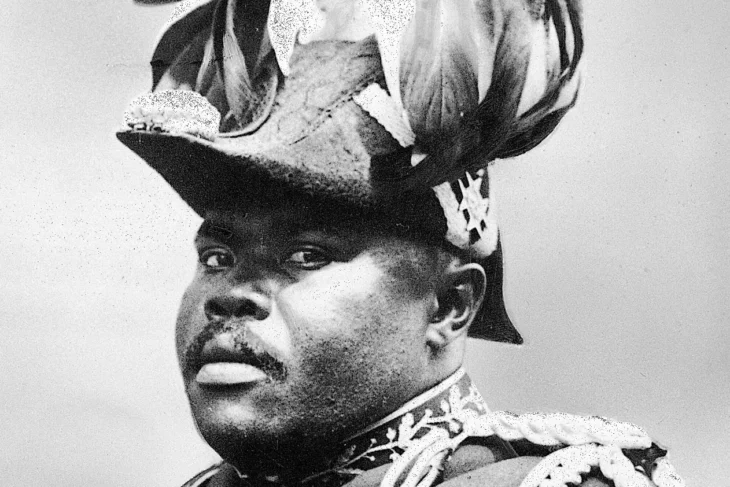
A recent research on staff turnover in the hotel sector, with reference to local and international contexts, finds that one of the main contributing variables to staff turnover is employee burnout. The literature also posits that this occurrence not only applies to the hotel sector or the hospitality industry but across many other sectors and industries thus, making it a frequent manifestation at the workplace. This therefore leads to the question; Who’sresponsibility is employee burnout?
Prolonged or chronic job stress is the usual description for employee burnout or, as understood, burnout on the job. This experience is characterized by feelings of exhaustion, and reduced professional ability. Employees who are burned out tend to become withdrawn and irritable. There is reduction in their work performance and morale, and an increase in disharmony with colleagues and job absenteeism. Nevertheless, who is responsible for this phenomenon?
Not only does employee burnout affects the individual’s physical and mental health (insomnia, anxiety, depression and sometimes substance abuse), it likewise affects the organization’s bottom line. Employee burnout results in low job retention and high turnover rates in the workplace, thus, resulting in low productivity. It also makes it difficult for organizations to recruit and retain quality staff and so, who is responsible for this phenomenon?
There are many reasons for employee burnout to include inadequate resources and support systems to complete job functions and tasks, insufficient information regarding job description and functions, lack of communication and inadequate support from management as well as the feeling of being treated unfairly by colleagues and management. Nonetheless, who is responsible for this phenomenon? Assumedly, another contributing variable to employee burnout could be workaholism, which is a real disease and leads to other illnesses. The correlation between workaholism and employee burnout is an area of study that needs to be fully examined.
The discourse on employee burnout can be explained by Pareto’s Law, which is commonly known as the 80:20 principle. This principle suggests that 80 per cent of results come from 20 per cent of the effort. In applying this principle to the cause of employee burnout, one can deduce that 80 per cent of the work is being done by 20 per cent of the staff. According to this ratio, only the minority of employees gets the work done. But, who ensures that the 20 per cent staff compliment do not experience the burnout syndrome?
It appears that the resolution to preventing or reducing burnout is anchored in the balancing act. Employees have the responsibility to take care of self, whilst taking care of job functions and commitment. The concept of self-carehas re-emerged from just getting physical and psychological care to include emotional, social, environmental, spiritual, professional and financial care. This shows that self-care is now a holistic way to take care of one’s self as an employee.
However, reducing or eliminating employee burnout is not a one-way doing. Employers likewise have the responsibility to ensure that they have a healthy work environment to support the staff, hence, eliminating or at least reducing the incidence of burnout. As related by a Workplace Strategies for Mental Health article (workplacestrategiesformentalhealth.com), managers are to:
· Have honest conversations with employees about their wellness.
· Provide clear work expectations and ensure that they are understood
· Provide ongoing training to maintain competency
· Be respectful and empathetic, and acknowledge employees
· Enforce reasonable work hours and realistic work expectations
· Foster a culture of mutual support and respect in the workplace
· Support physical activity and the taking of breaks throughout the day.
Research has shown that (i) employees who are involved in self-care activities are less likely to suffer from burnout on the job, and (ii) employees who are strongly supported by management are 70 per cent less likely to experience burnout. Let us be guided by the theory to improve on practice.
- Gaunette Sinclair-Maragh Ph.D is Associate Professor at the University of Technology, Jamaica



